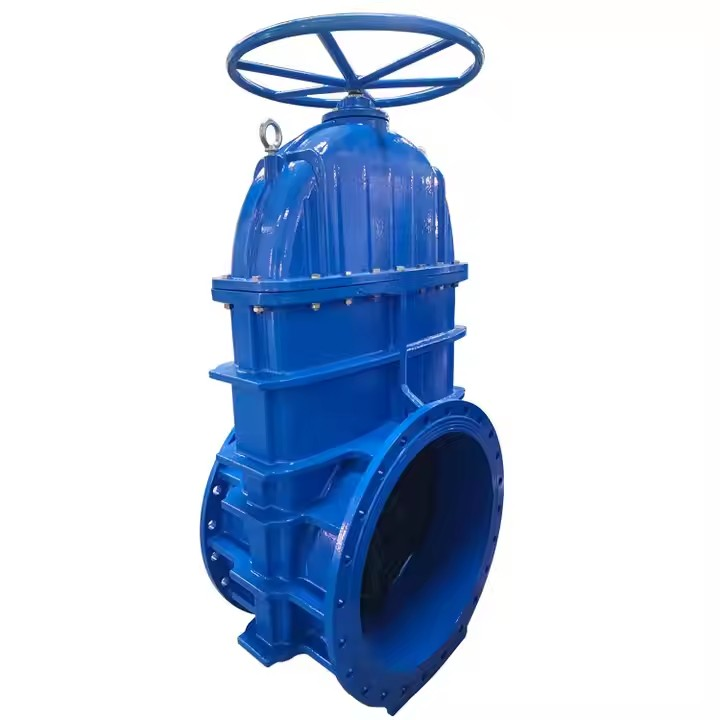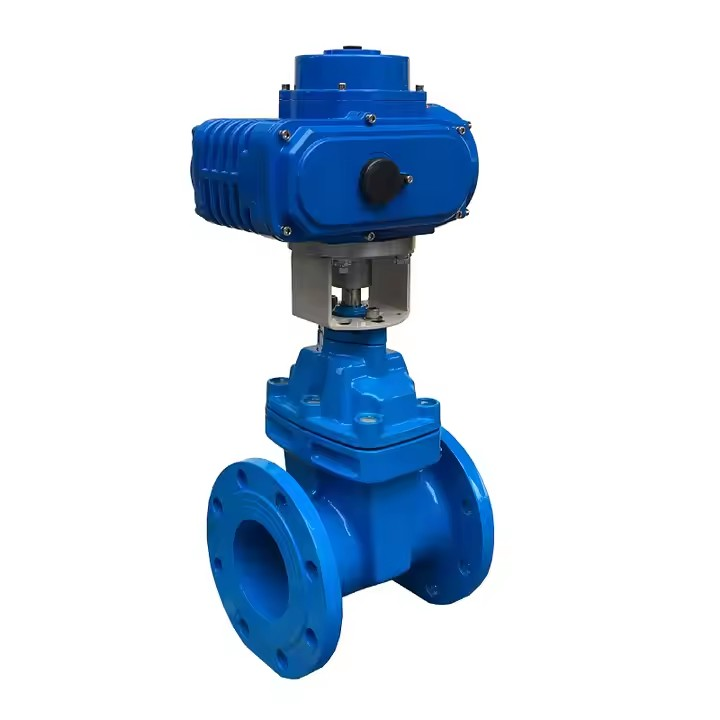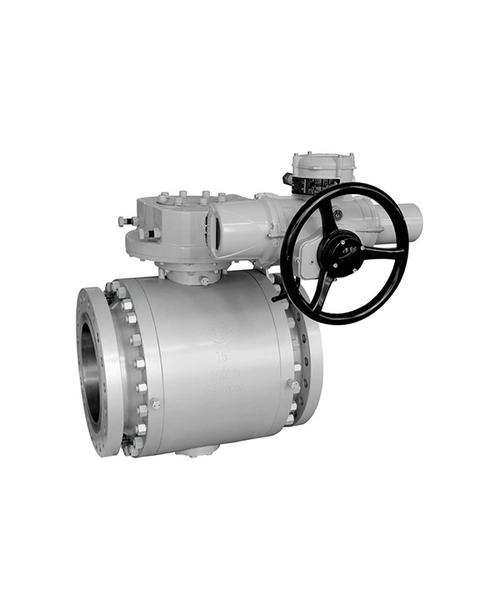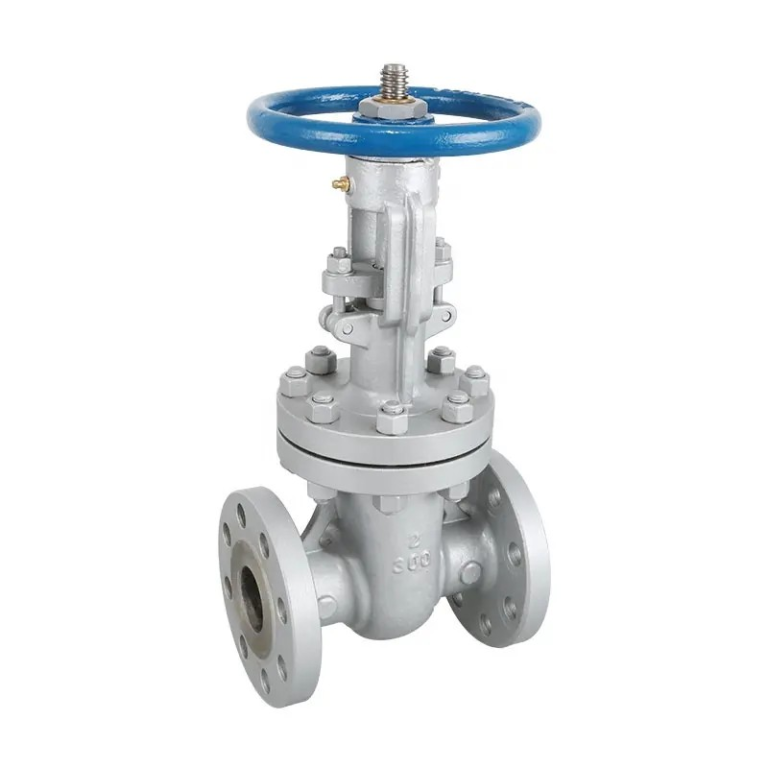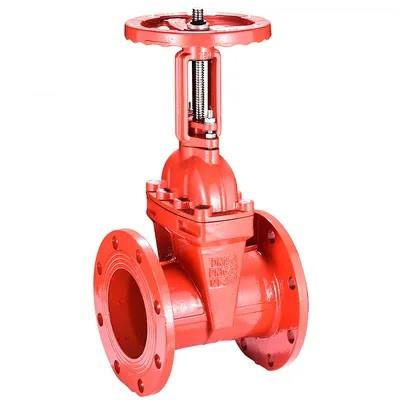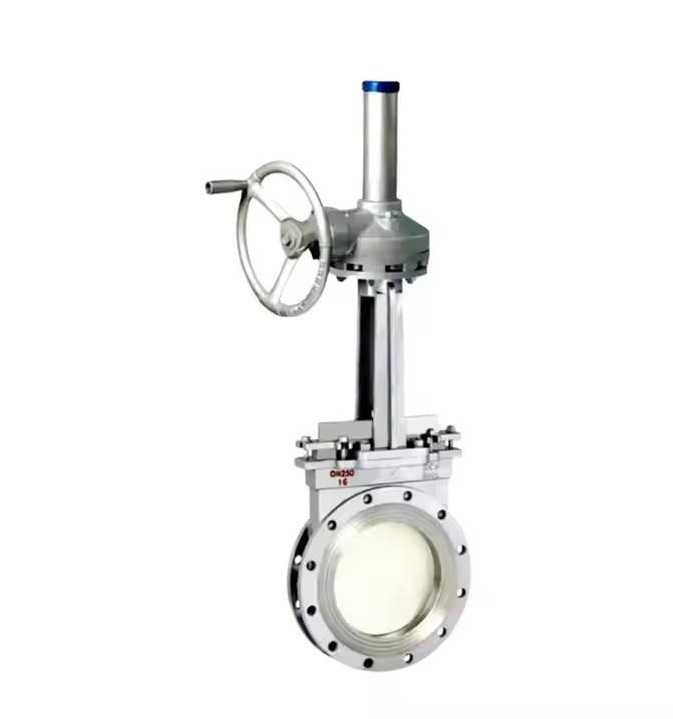Electric Actuated Gate Valve
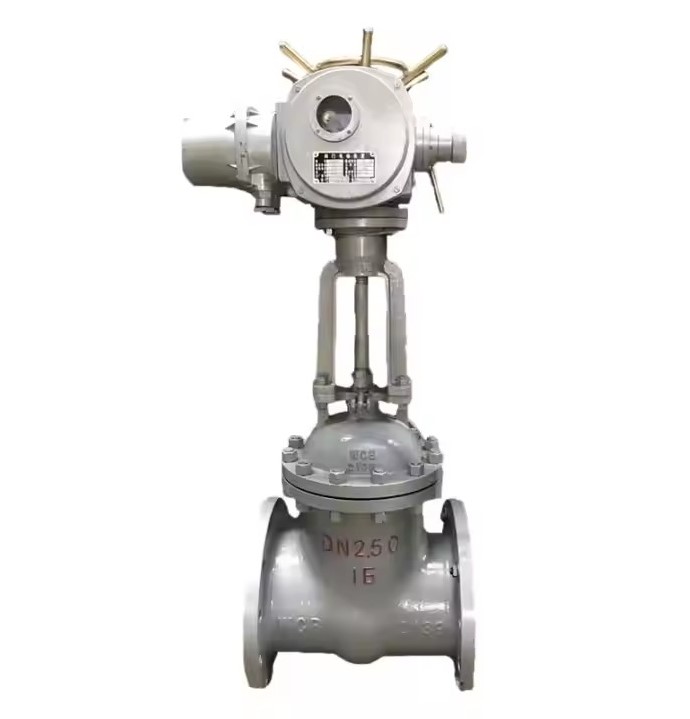
Electric Actuated Gate Valve.
In simple words, an electric actuated gate valve is to control the gate valve with an electric actuator, so as to realize the opening and closing of the valve. It consists of two parts: the upper part is the electric actuator, and the lower part is the gate valve. The electric gate valve plays the role of cutting off and throttling in the pipeline, and electric control valves are usually used in fluid systems that require automated control.
The electric actuator is the power source of the electric gate valve. After receiving the control signal, it drives the valve stem to move up and down, thereby driving the gate (valve plate) to perform opening and closing actions. The electric actuator usually has a variety of control functions, such as remote control, timing control, automatic adjustment, etc., to meet the needs of different working conditions.
Main features of electric actuated gate valves.
- Spacer ring in conjunction with packing is used in gate valves of 300 class and above while the 150-class valve is only fitted with packing; packing with lantern ring is available upon customer request;
- Flexible wedge is able to compensate for seat surface distortion and body deformation caused by piping stress;
- Blowout retention design: the tapered backseat face firmly contacts the backseat of the bonnet, and the strength of the bonnet-wedge connection exceeds that of the bonnet thread root;
- Wayvalve electric gate valve is standard equipped with AUMA electric actuator. Other brands can be customized according to customers’ requirements.
Specifications
- Actuator Type:
Multi-Turn Electric Gate Valve Actuator - Body Material:
Carbon Steel, Stainless Steel, Forged Steel, etc. - Pressure:
10 / 16 / 20 / 40 / 64 bar (#150/#300/#400/#600/#900) - Temperature Of Media:
-196 to 585℃ - Suitable Media:
Water, Air, Oil, Gas, Pulp, Cement, etc - Voltage:
Three-phase: 380V AC. Range: 380VAC~420VAC; Single-phase: 220V AC. Range: 200VAC~240VAC
The data is for reference only, please consult sales@wayvalve.com for details.
Applicattion filds of electric actuated gate valves.
Electric actuated gate valves are widely used in the fluid pipeline systems of industries such as petroleum, chemical engineering, metallurgy, electric power, papermaking, and food etc..

How does an electric actuator work?
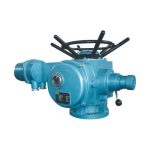
An electric actuator works by receiving an electrical control signal. This signal activates a motor within the actuator. The motor then converts electrical energy into mechanical energy, which drives a mechanism to move the valve stem. This causes the gate or valve plate to open or close, controlling the flow of fluid in the pipeline.
What are the advantages and disadvantages of electrically actuated gate valves?
Here’s a brief description of the advantages and disadvantages of electric actuated gate valves in English:
Advantages.
1,Remote Control Capability: Enables automated operation via control systems, allowing remote adjustment for efficient centralized management in industrial processes.
2,Precise Flow Regulation: Offers high-precision control over valve opening, enabling accurate adjustment of medium flow rates to meet specific operational requirements.
3,Rapid Response: Electric actuators ensure quick opening and closing, making them suitable for applications requiring immediate flow control.
4,Reliable Safety Features: Equipped with protective mechanisms (e.g., overload protection, travel limits), reducing the risk of malfunctions and enhancing system safety.
5,Low Maintenance: Features a relatively simple structure with fewer components, minimizing maintenance needs and long-term operational costs.
Disadvantages.
1,Higher Initial Cost: The combined cost of electric actuators, valve bodies, and control systems makes them more expensive than manual or pneumatic alternatives.
2,Dependence on Power Supply: Requires a stable electrical source; failure or outage can disable operation, necessitating backup power solutions.
3,Sensitivity to Environmental Conditions: Performance may be affected in harsh environments (e.g., high temperatures, corrosive media), often requiring additional protective measures.
INQUIRY

